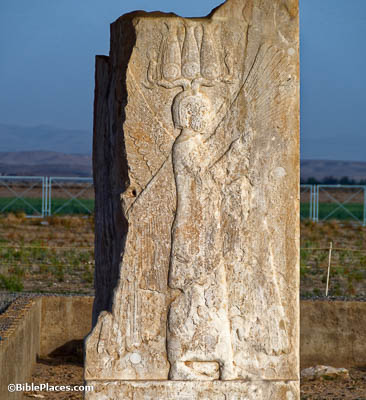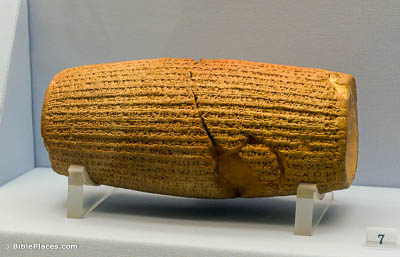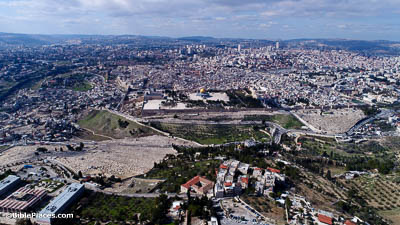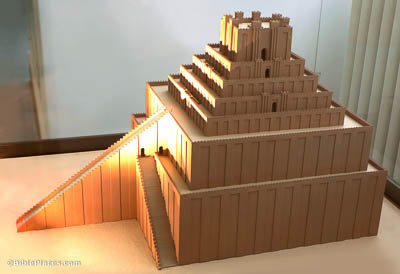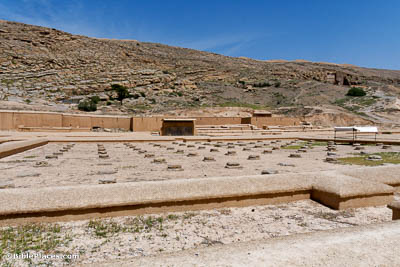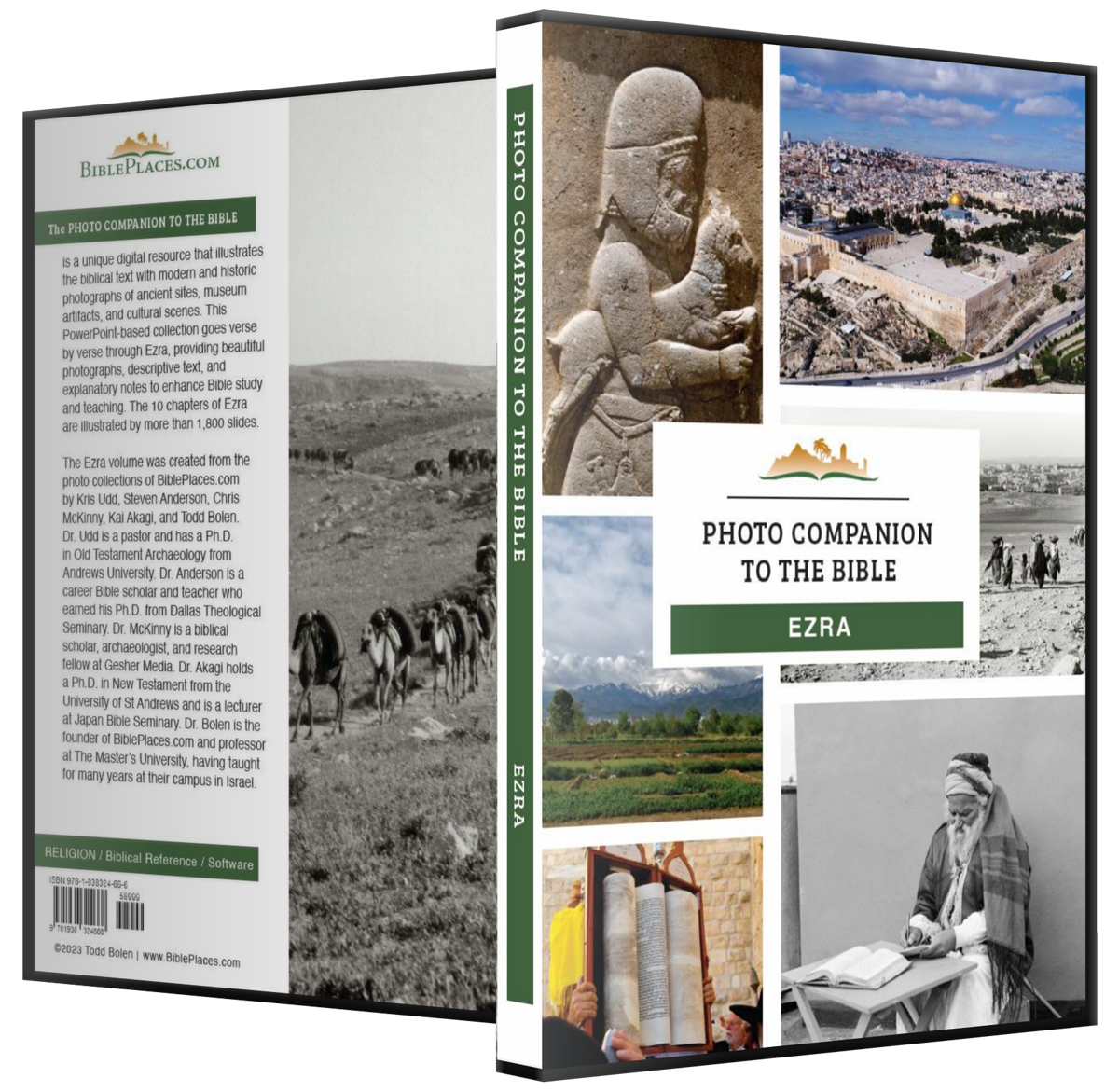Now in the first year of Cyrus king of Persia . . . (Ezra 1:1)
This photo shows the only known historical depiction of Cyrus, also known as Cyrus the Great. This carving was originally accompanied by a trilingual inscription above the figure, which read, “I am Cyrus the King, an Achaemenian.” The inscription was destroyed within the last century. Pasargadae was the capital established by Cyrus.
